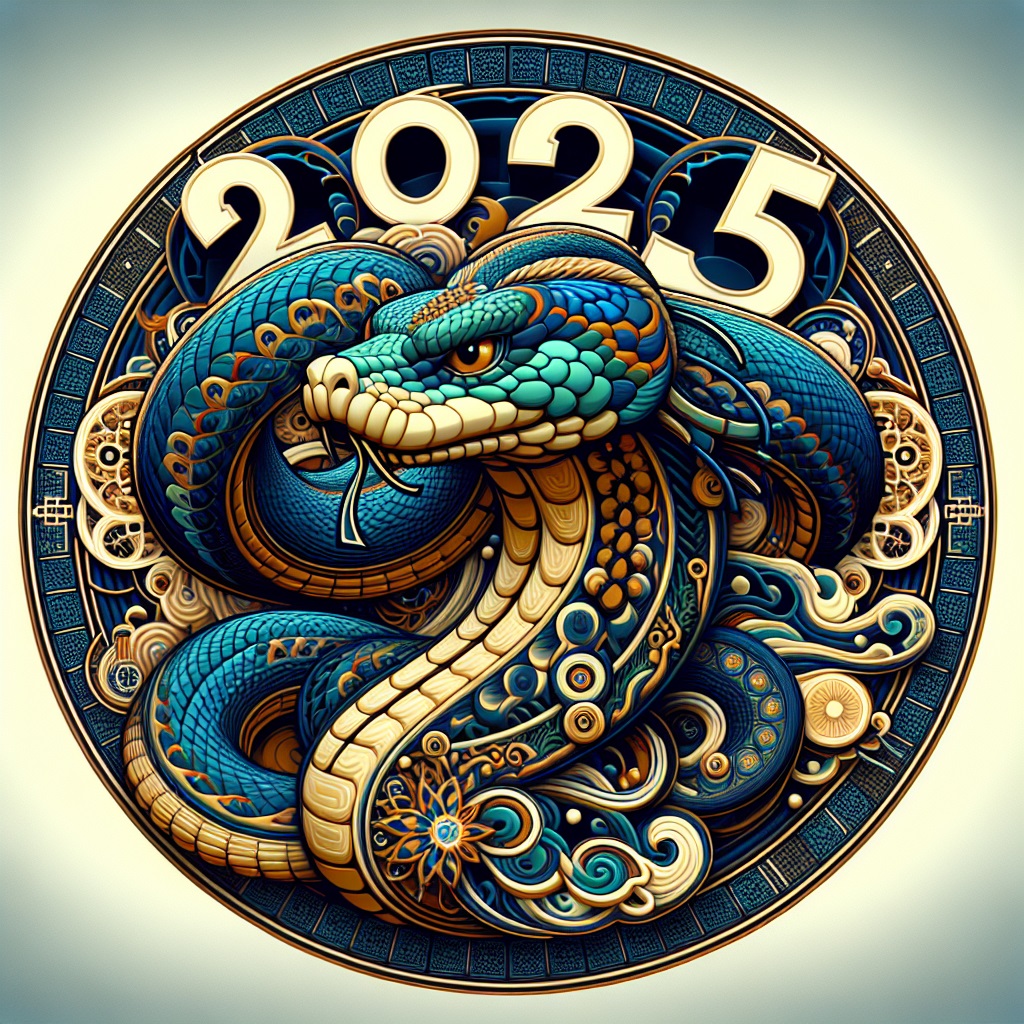Why the “Missing” New Year’s Eve? The Curious Case of the “29th Day of the Twelfth Month” in 2025-2029
Keywords: Lunar New Year 2025, Chinese lunar calendar, Missing New Year’s Eve, Lunar month calculation, Year of the Snake 2025, Lunar New Year traditions, 29th day of 12th month, Synodic month explanation, Chinese festival calendar, Lunar phases and New Year
Questions You May Have:
- Why Lunar New Year’s Eve is on the 29th day
- Missing 30th day of Lunar New Year 2025
- Chinese New Year 2025 unusual dates
- Understanding the Chinese lunar calendar rules
- The science behind Lunar New Year’s dates
- Why no 30th day in Year of the Snake 2025
- How the lunar calendar determines New Year’s Eve
- Changes in Chinese New Year calendar dates
- Lunar New Year traditions and calendar quirks
- Synodic month and Lunar New Year explained
- The missing New Year’s Eve in 2025–2029
Chinese calendar: 29 days instead of 30 - What causes Lunar New Year date changes?
- Lunar phases affecting Chinese festivals
- New Year’s Eve falling on the 29th day
- The significance of the 12th lunar month
- Lunar New Year 2025 calendar facts
- The phenomenon of short lunar months
- Chinese New Year 2025: Why no big 30?
- Astronomy behind the Chinese lunar calendar
From 2025 to 2029, the eve of the Lunar New Year, traditionally known as Chinese New Year’s Eve, will fall on the 29th day of the 12th lunar month (大年二十九) rather than the 30th day. This unusual occurrence will happen on the following dates:
- 2025: January 28
- 2026: February 16
- 2027: February 5
- 2028: January 25
- 2029: February 12
So, where has New Year’s Eve (大年三十) gone?

The Cause: Lunar Calendar Calculation Rules
This phenomenon is tied to the way the Chinese lunar calendar is calculated. Unlike the solar calendar that is based on the Earth’s revolution around the sun, the lunar calendar is primarily determined by the phases of the moon. As the moon orbits the Earth, it goes through various phases that are visible from Earth. When the moon and the sun are in alignment, resulting in no visible moon, this is called the New Moon (朔), and the day it occurs is considered the first day of the new lunar month.
The period between one new moon and the next is known as a synodic month (朔望月), with an average length of 29.53 days. However, this length is not constant—it can vary, typically between 29 and 30 days, and this fluctuation is the key factor causing the discrepancy in the Lunar New Year’s timing.
How the “Missing” New Year’s Eve Happens
In the Chinese lunar calendar, months are categorized into either “big months” (大月) with 30 days or “small months” (小月) with 29 days. If the 12th month (腊月) happens to be a small month, it will only have 29 days—meaning New Year’s Eve will fall on the 29th day, leaving the 30th day of the month out of the picture entirely.
As a result, the Year of the Snake 2025 (and other years from 2025 to 2029) will feature this phenomenon, where the eve of the New Year is observed on the 29th rather than the usual 30th day of the 12th month. This is due to the alignment of the moon’s cycles and the nature of the lunar month, specifically when the lunar month ends after only 29 days.
A Quirk of the Lunar Calendar
While the absence of the 30th day may seem peculiar, it is simply a reflection of the lunar calendar’s variability. This occurrence offers a fascinating glimpse into the intricacies of the Chinese lunar calendar, reminding us that even longstanding traditions are influenced by natural cycles, and that New Year’s Eve can occasionally take on a new form, in the year 2025 and beyond.
Cultural and Social Implications
Although the official start of the Year of the Snake 2025 will not follow the same pattern, the celebration of the New Year remains unchanged in terms of cultural significance. The 28th of January will still be a day for family reunions, but it will not be the traditional precursor to the lunar new year.
Why the Change Matters
The discrepancy between the traditional timing of Lunar New Year’s Eve and the start of the Year of the Snake in 2025 may feel unusual, especially for those who have grown up with consistent patterns of celebration. However, this occurrence is simply a reflection of the natural lunar cycle, which shifts slightly each year. While some traditions might feel different, the underlying customs and cultural importance of Lunar New Year remain as strong as ever.
The Year of the Snake 2025 represents a new chapter in the Chinese Zodiac cycle, but it also serves as a reminder of the fluidity of the lunar calendar.